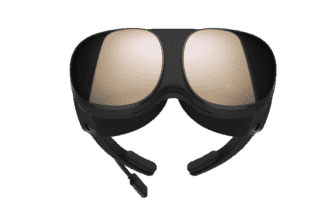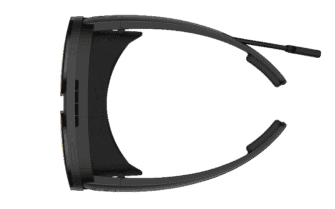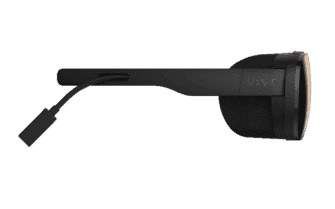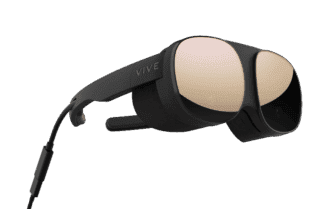HTC is a familiar name for those in the smartphone business, but we have to agree the company has lost its relevance in the past. While the smartphone business struggles, the company is getting good results in the AR segment. The brand has been focusing mostly in the business audience, but today it’s coming with a new AR headset that is different from most HTC Vive devices – The HTC Vive Flow. The product is for those who aren’t very inclined in using VR products, it’s hardware modeled after a pair of sunglasses. One could easily believe that it’s an augmented reality product. However, it’s a slightly tweaked version of advanced HTC Vive VRs, made for those who want to enter this segment.
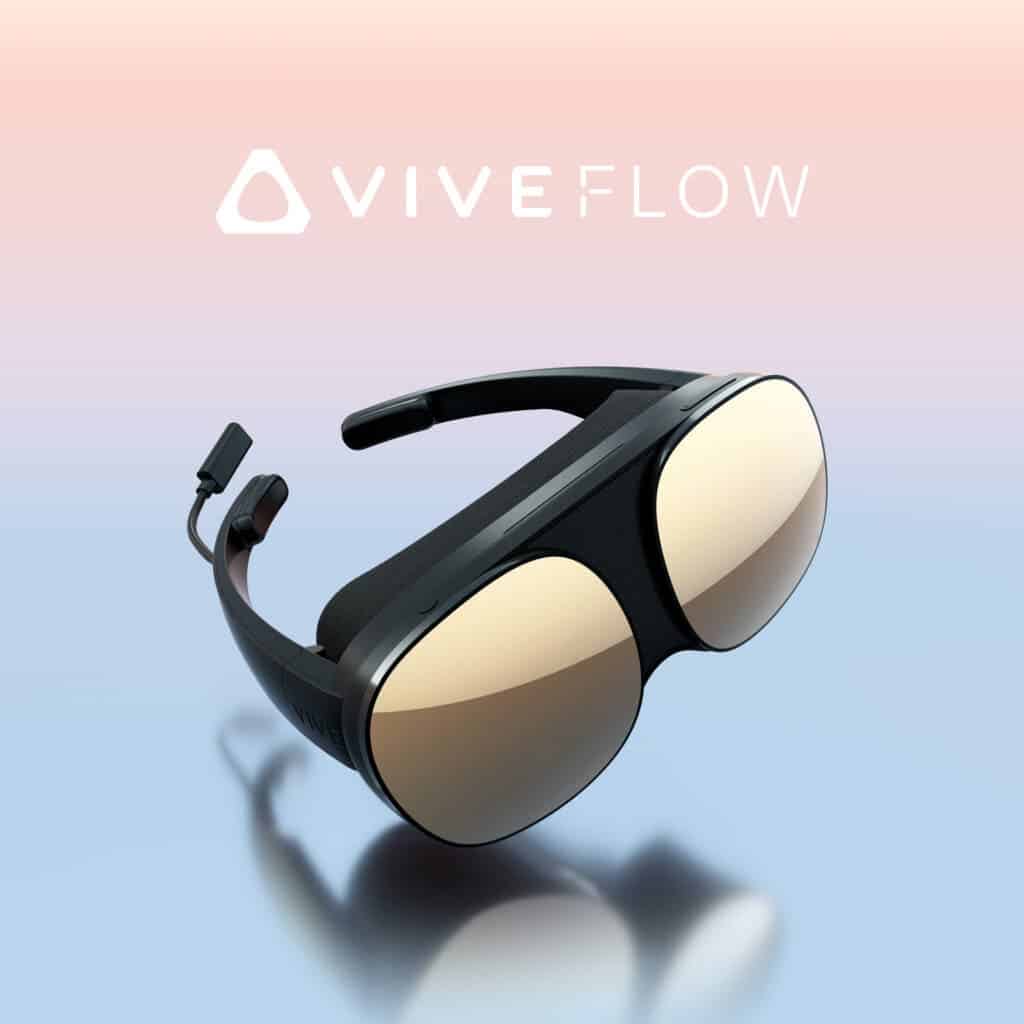
The HTC Vive Flow has a 1.6K-per-eye display, but HTC didn’t divulge the exact resolution. It also has a 100-degree field of view and a 75 Hz refresh rate. We can clearly see HTC cutting some corners, since the Vive Focus 3, for example, has 120 degrees and a 90 Hz refresh rate. The device is comparable to the Oculus Quest’s refresh rate before a recent upgrade and a little more cramped than its 110-degree field of view.
The device also has two front-facing cameras to handle motion tracking. In the future, HTC will offer support for hand tracking as well. The device uses a Qualcomm XR1 chipset and comes with 64 GB of Internal Storage. Unlike the Focus, it lacks a slot for an expansion card.
According to Dan O’Brien, HTC’s head of VR, the product comes to offer something lighter, more wearable, and easier to travel with. In fact, the HTC Vive Flow weighs just 189 grams. That’s is really lightweight when you compare it with the Oculus Quest 2 and it’s 500 grams of weight. The product has a hinged design that folds up to fit in a $49 carrying case.
HTC Vive Flow will need an external power source
The Vive Flow connects to an Android smartphone wirelessly and you use the phone as a combination remote / touchpad. You’ll use the smartphone as a virtual laser pointer with buttons for selecting items and calling up the home screen. The device has a $79 battery pack that allows users to use the headset for four to five hours. The Flow has its own battery, However, HTC says it only lasts a few minutes. This is basically designed to allow the user to change the power sources without turning off the handset. So, you’ll need to purchase a separate battery or a power bank with 10,000 mAh and a USB-C cable.

Interestingly, the device seems to be designed for Android users. It does not pair with iPhones, but the company didn’t discard future support. However, it clearly stated that there are some barriers to make this work well with iOS.
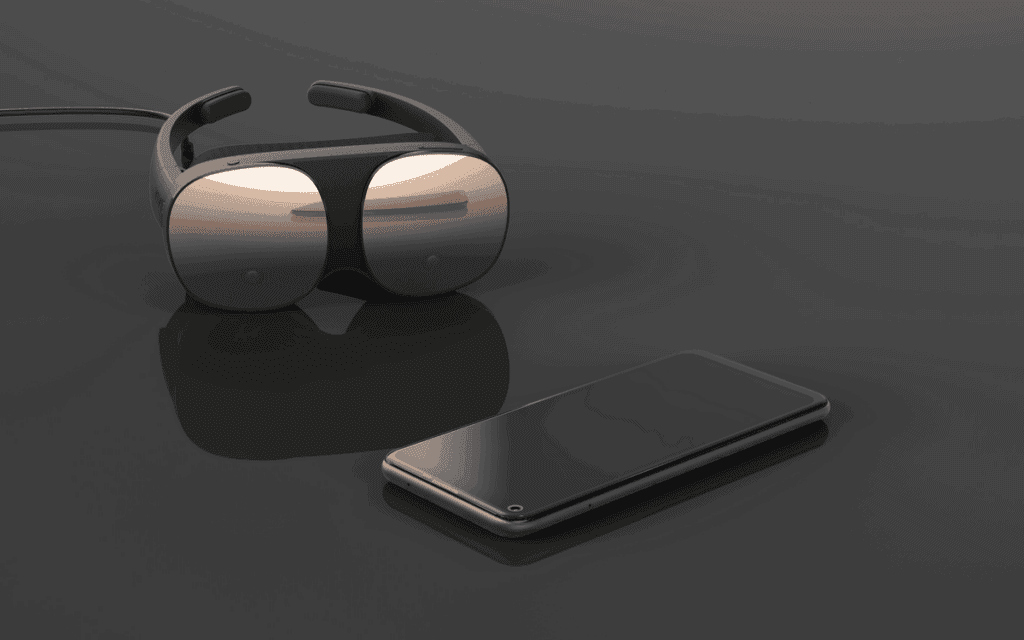
The company wants users to enjoy the HTC Vive Flow watching a 360-degree video or sit in a virtual environment. You can’t use the device in scenarios that require virtual hands like VR games. The camera tracking gives you a more natural experience than a headset that can only detect the angle of your head. However, the app catalog and the somewhat loose-fitting glasses-style design mean you probably won’t be walking around. The company will launch the device with 100 apps and support 150 by the end of the year.
The HTC Vive Flow has a starting price of $499.


